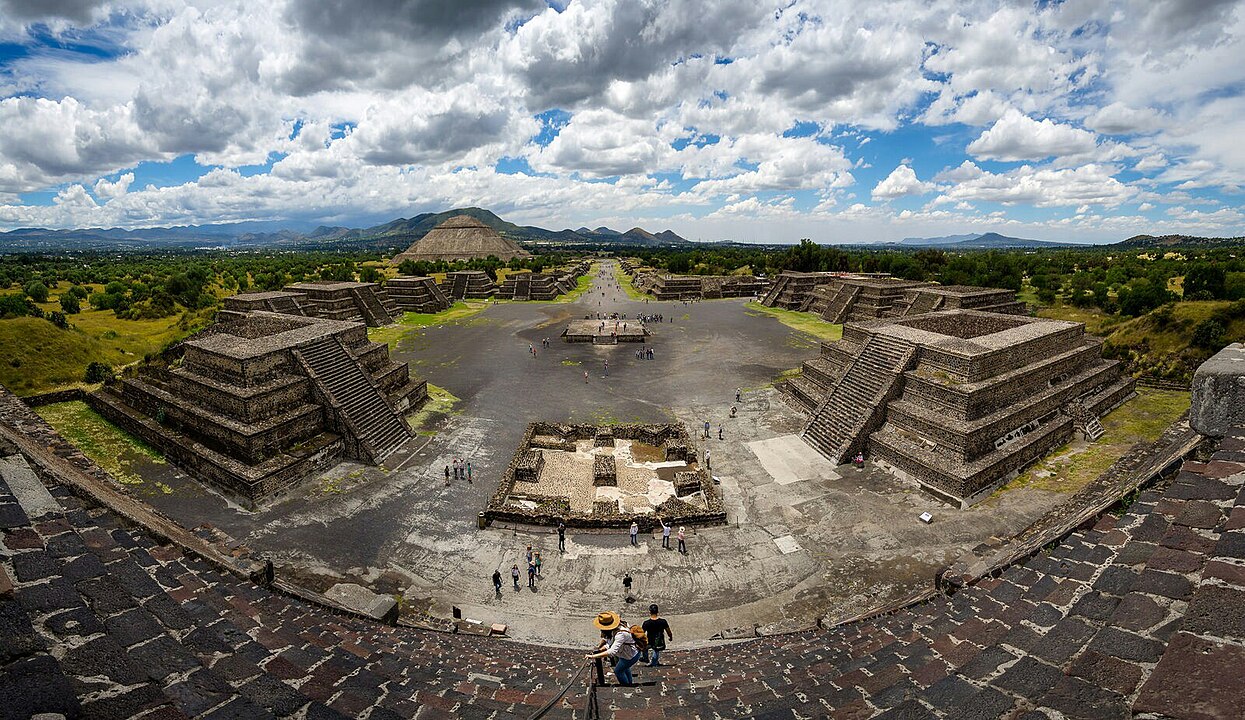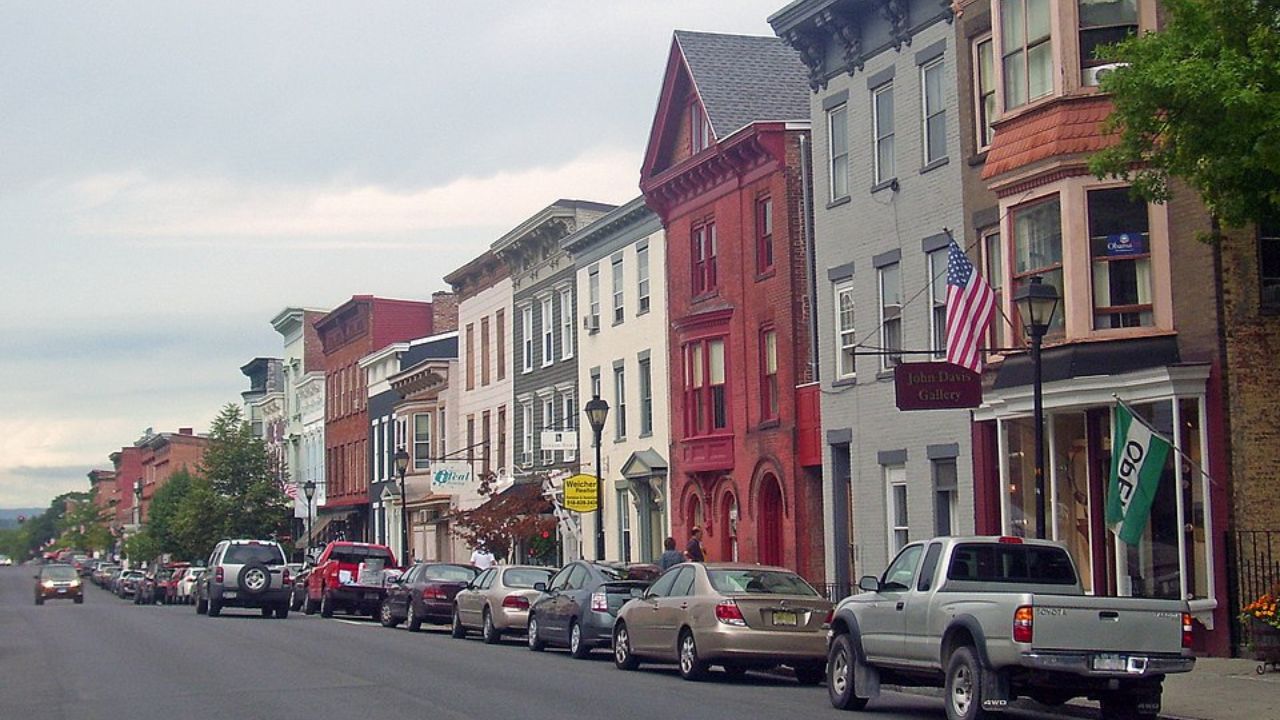Archaeology often looks heroic from a distance, but some places make even seasoned researchers hesitate. Toxic tombs, unstable caverns, sacred islands, and radioactive ghost towns force careful choices about how far curiosity should go. In these locations, the past is not just fragile, it can be lethal or deeply contested. Laws, local communities, and conservation science all draw hard boundaries. What remains underground becomes a strange mix of data, legend, and restraint, half known and half deliberately left in the dark.
The Sealed Tomb Of Qin Shi Huang, China
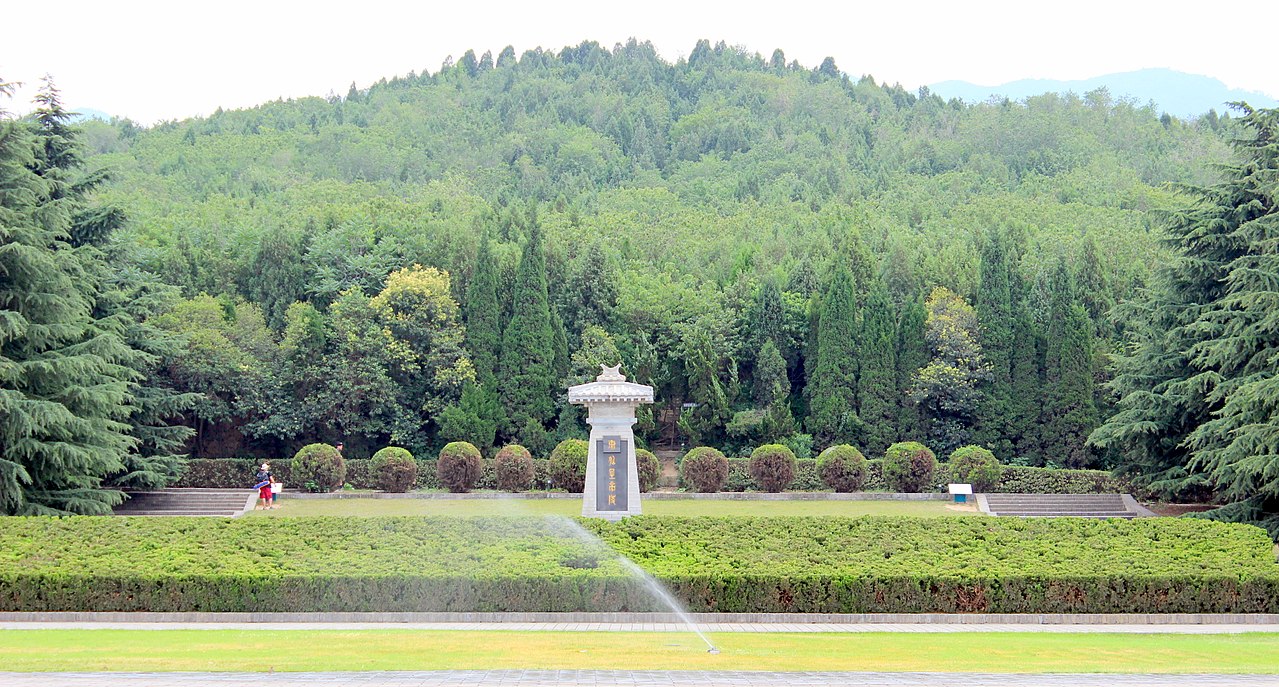
Beneath a green burial mound in Shaanxi, the unopened tomb of China’s first emperor lies at the center of an immense underground complex. Accounts from ancient historians describe rivers of flowing mercury and mechanical traps, and modern soil tests show unusually high mercury levels in the area. Archaeologists worry that opening the chamber could damage pigments, collapse delicate structures, and release toxins. For now, ground penetrating scans and cautious drilling stand in for a full descent into the emperor’s grave.
Lascaux Cave, France’s Fading Masterpiece
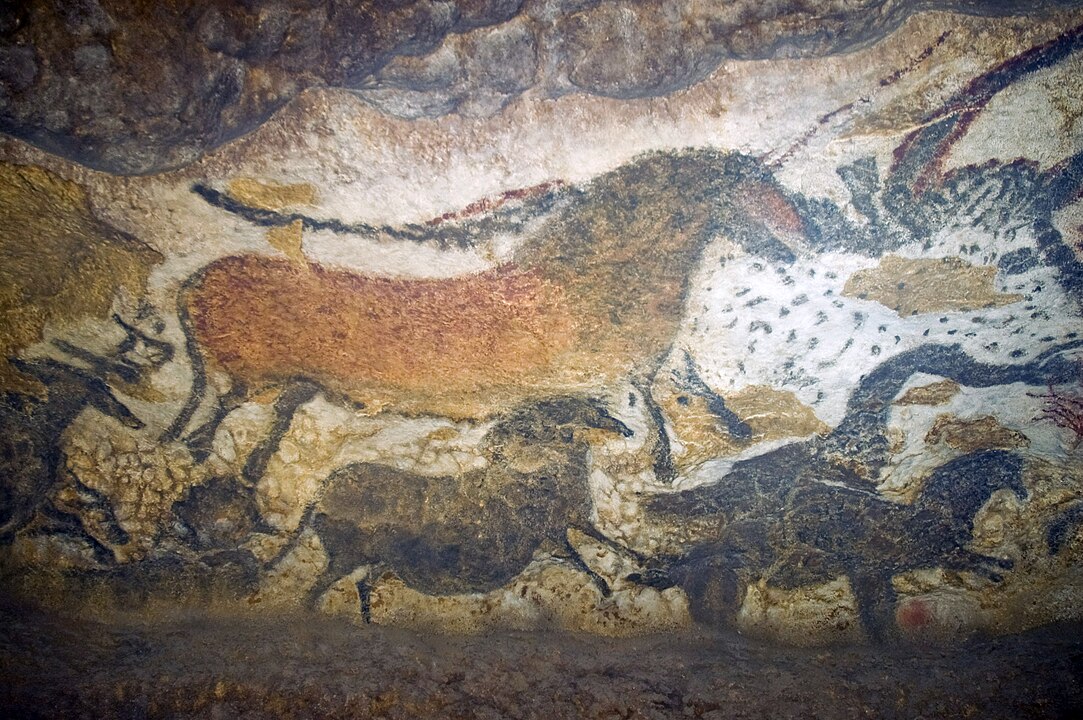
Lascaux’s painted bison and horses once drew long queues, but human breath and body heat quietly rewrote the microclimate. Mold and bacteria began creeping over the walls, threatening the very art that visitors came to admire. Emergency closures, new ventilation, and strict limits on access have turned the cave into a near forbidden space. Only a handful of specialists now enter under heavy protocols, while most study perfect replicas. The real chamber survives by being almost entirely left alone.
Chauvet Cave, Lions Frozen In The Dark

Chauvet Cave in southern France holds some of the oldest known figurative art, where lions, rhinos, and bears seem to move in torchlight. Authorities learned from earlier damage at other caves and locked Chauvet down from the start, allowing in only a tiny scientific team. Humidity, temperature, and carbon dioxide are monitored with an obsession that borders on protective paranoia. The cave still feels newly discovered, yet its greatest safeguard is the simple fact that nearly everyone is kept outside the door.
Altamira Cave, Spain’s Vanishing Bison

Altamira’s ceiling, crowded with red and black bison, changed how scholars thought about prehistoric creativity. Popularity nearly killed it, as waves of visitors raised humidity and encouraged microbial blooms that chewed into the pigments. Today, researchers and tourists mostly experience the site through a full scale replica and digital models. A strict lottery allows a few real visits each week under tight supervision. The original chamber exists almost as a patient in intensive care, visited rarely and with great caution.
Pavlopetri, Bronze Age Streets Underwater

Off the coast of Laconia, the submerged town of Pavlopetri preserves streets, courtyards, and tombs laid out under a few meters of seawater. It is one of the oldest known planned towns, yet fragile foundations and constant wave action make it extremely vulnerable. Only licensed teams may work there, using careful diving, mapping, and remote sensing to avoid stirring up sediment or breaking walls with fins and anchors. Swimmers above see only faint outlines. The real city lives in sonar scans and meticulous site plans.
Teotihuacan’s Mercury Tunnel, Mexico
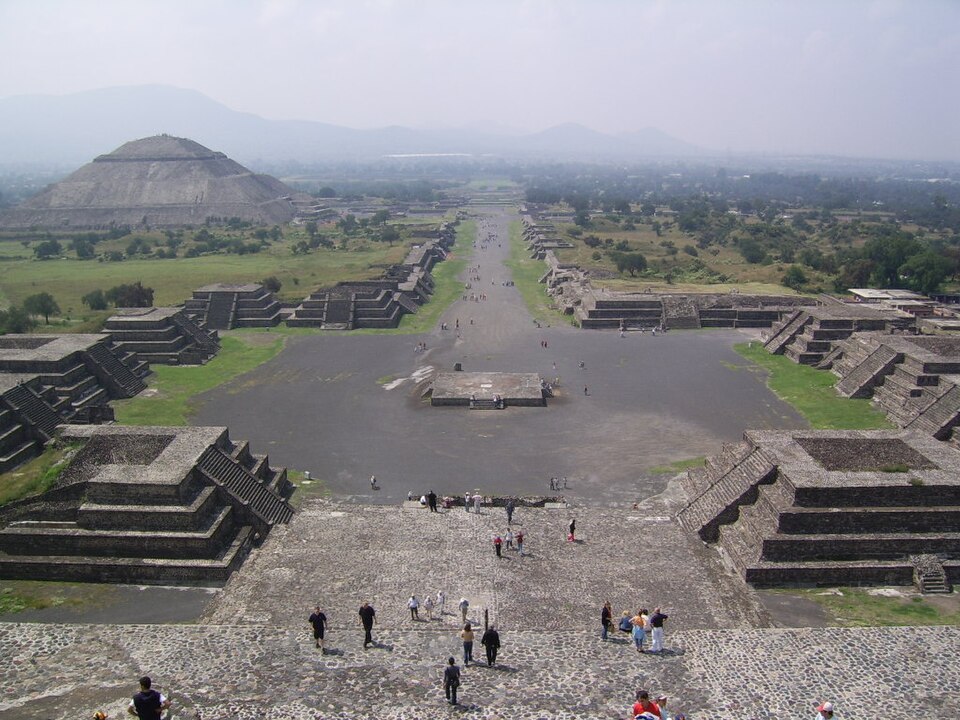
Beneath the Temple of the Feathered Serpent at Teotihuacan, archaeologists uncovered a long sealed tunnel packed with offerings and shimmering with flecks of pyrite. Deeper inside, they found pools of liquid mercury, a substance that can vaporize and poison enclosed spaces. Working in that environment means protective suits, respirators, and slow progress. Loose fill, unstable ceilings, and toxic metal all push teams toward robotics and limited human entry. The heart of the tunnel still feels more like a rumor than a fully mapped space.
Poveglia Island, Plague Burials In The Lagoon

Poveglia, sitting quietly in the Venetian Lagoon, once served as a quarantine station and mass burial ground during waves of plague. Soil there may hold layers of ash and bone from thousands of victims, while crumbling hospital buildings lean dangerously over empty courtyards. Official restrictions, structural instability, and deep local unease keep archaeologists from turning the island into a standard dig. The place is dense with history, but anyone stepping ashore has to weigh curiosity against real physical risk and a heavy sense of disturbance.
Chernobyl Exclusion Zone, Nuclear Age Ruins

The Chernobyl Exclusion Zone encircles the site of the 1986 reactor disaster, preserving abandoned apartments, schools, and machinery in eerie slow decay. For archaeologists of the modern world, it is a unique record of a vanished Soviet landscape. Yet radiation hotspots, buried waste, and wildfires that can release contaminated ash make long excavations hazardous. Short research visits are possible under strict supervision and dosimetry. Digging deeply or spending months in the field remains out of reach, and likely will for generations.
Göbekli Tepe’s Unopened Enclosures, Türkiye
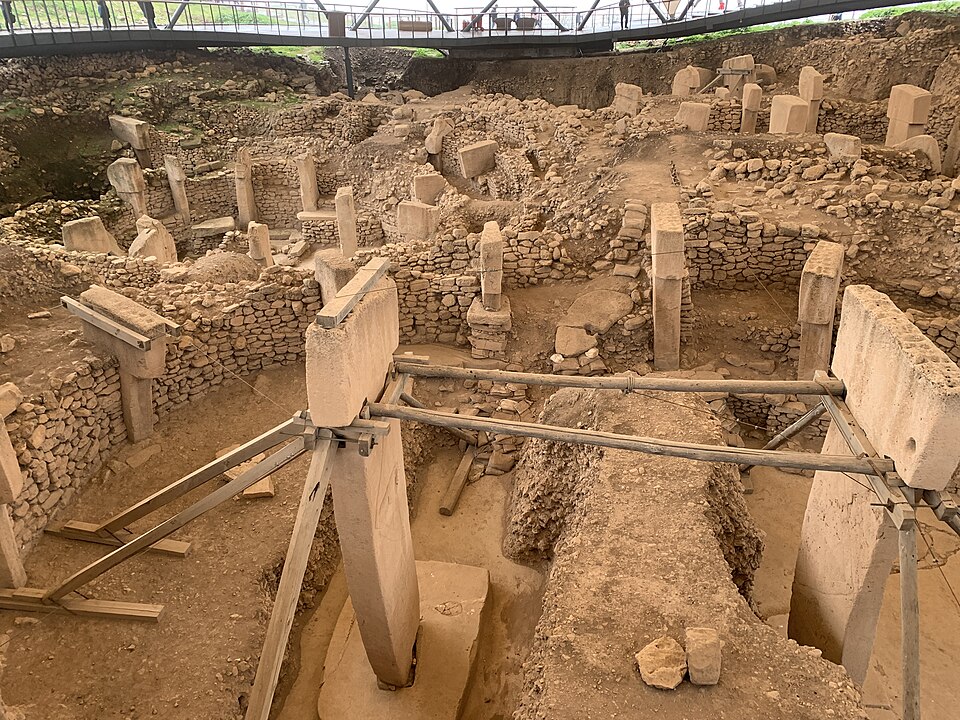
Göbekli Tepe’s carved pillars rewrote timelines for monumental architecture, yet most of the hill remains unexcavated by design. Archaeologists know that once stone circles are exposed, rain, temperature swings, and tourism begin a slow grind of erosion. Large fabric shelters, careful backfilling, and seasonal work schedules all aim to buy time. Many enclosures are mapped by geophysics but still sleep under soil, a rare case where the main fear is not ancient danger but modern haste and the limits of conservation budgets.
Villa Of The Papyri, Buried Library Of Herculaneum

The Villa of the Papyri, entombed by Vesuvius near Herculaneum, hides an aristocratic home and a once in a lifetime library of carbonized scrolls. Early tunnels cut through the site in the 18th century and recovered statues and texts, but also faced choking gases and collapses. Much of the estate still lies beneath deep volcanic layers and modern buildings. To reach it would require disruptive shafts and complex shoring. Authorities move slowly, balancing dreams of unread philosophy against the risk of damaging both the villa and the town above.
Niihau, Hawaiʻi’s Closed Cultural Landscape
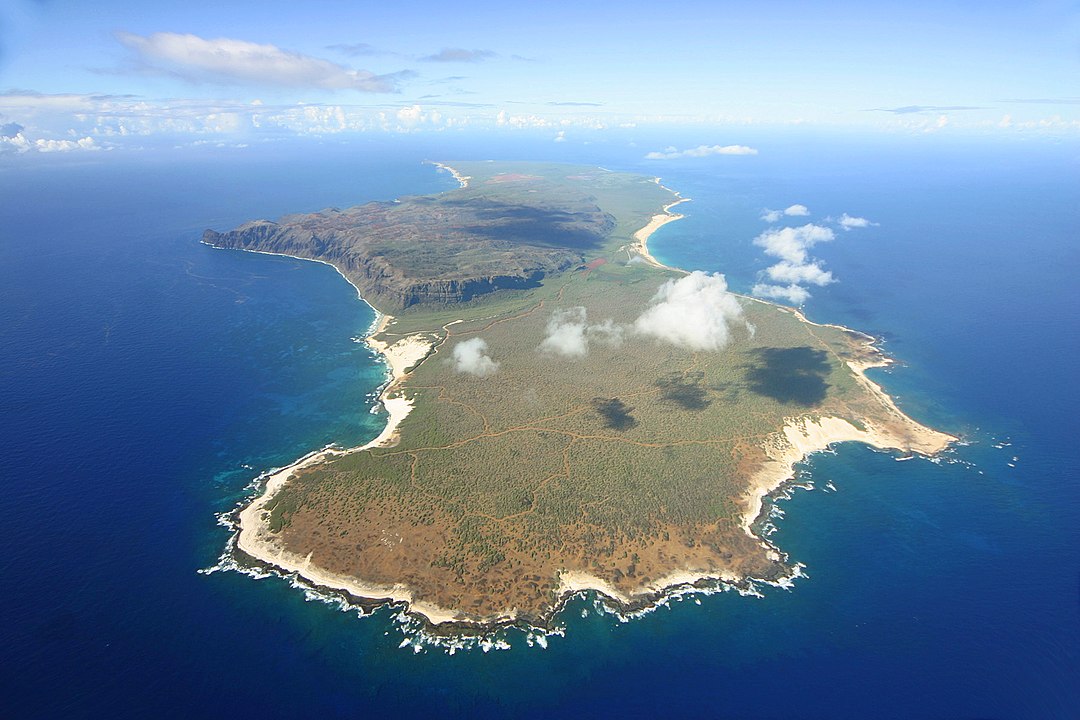
Niihau, sometimes called the Forbidden Island, is home to a small Native Hawaiian community living with carefully guarded traditions. Access is tightly controlled by the island’s owners, and only limited, highly structured visits are allowed. Any archaeological work has to respect land rights, language, and ongoing religious practices. For outside researchers, the island is more symbol than field site, an example of a place where knowledge belongs first to the people living it. The past and present there are woven too tightly to pry apart easily.
Sealed Egyptian Tombs And Tomb Toxins

In Egypt, certain tombs remain sealed or only briefly opened because closed chambers can harbor dangerous molds and bacteria. Studies of so called curses often point toward fungi and spores that attack lungs, especially in cramped, dusty spaces. Modern teams know that breaching an ancient doorway can release unseen hazards along with artifacts. Respirators, air sampling, and rapid stabilization have become standard, yet some tombs are judged too risky to enter at all. The greatest threat is not magic, but microbes and collapsing rock.
